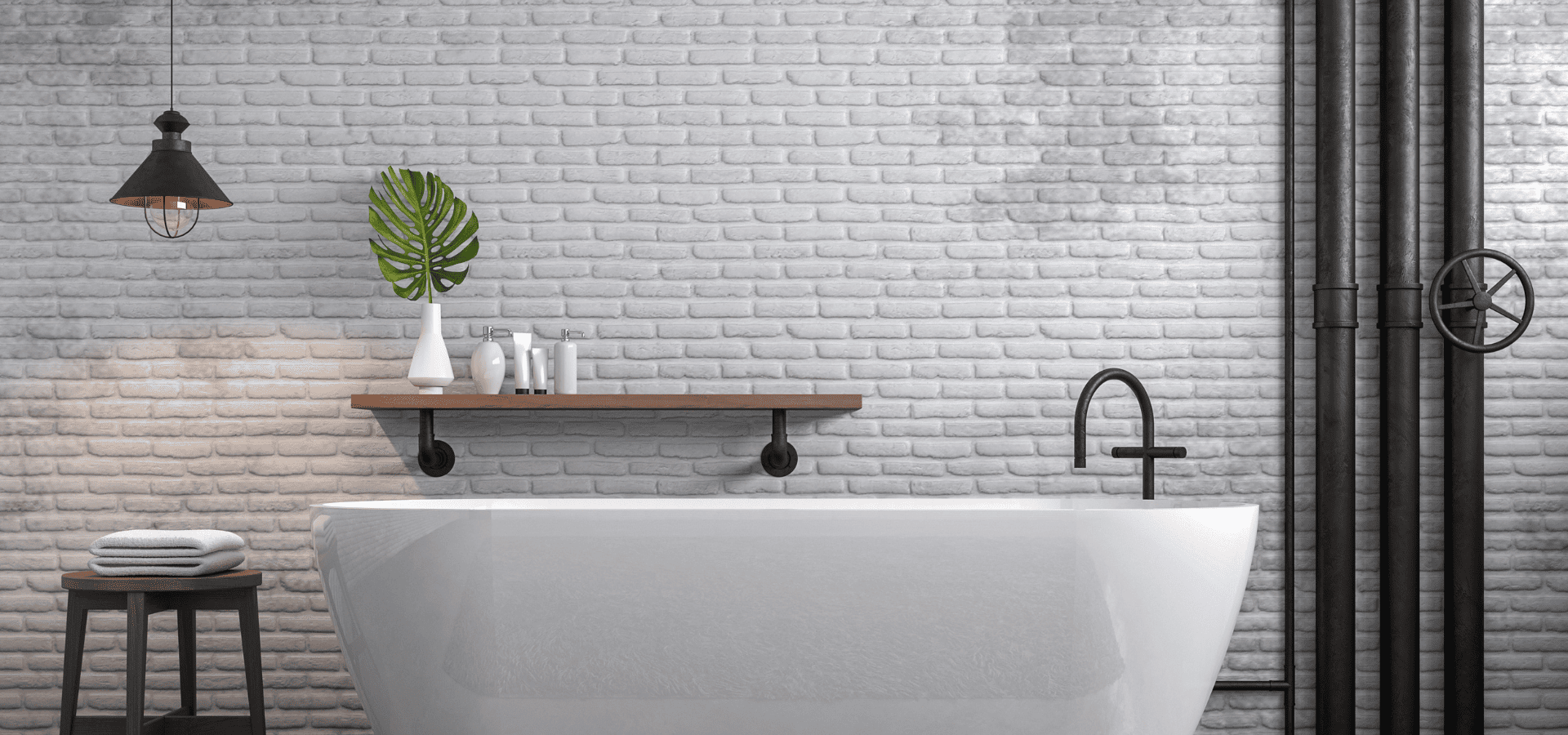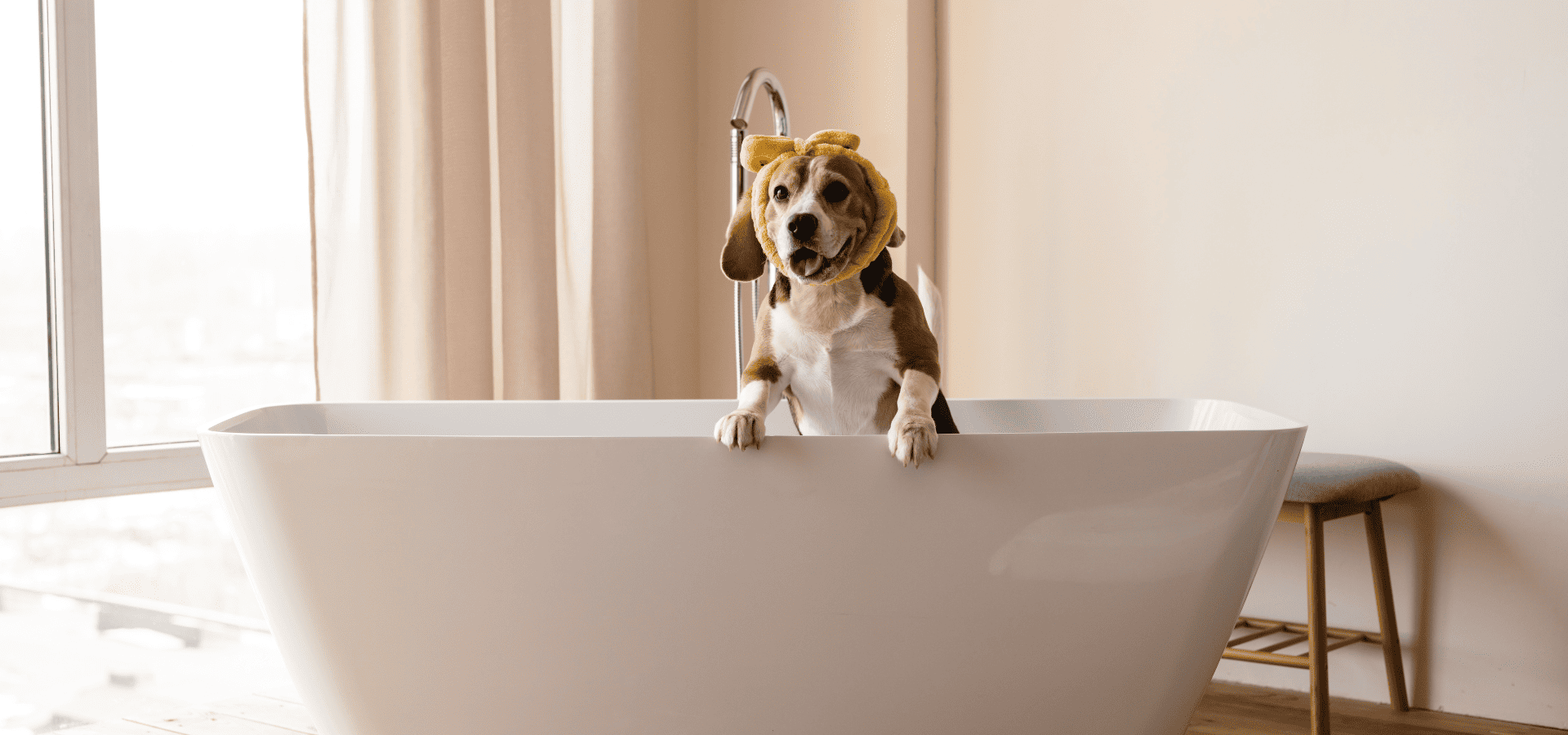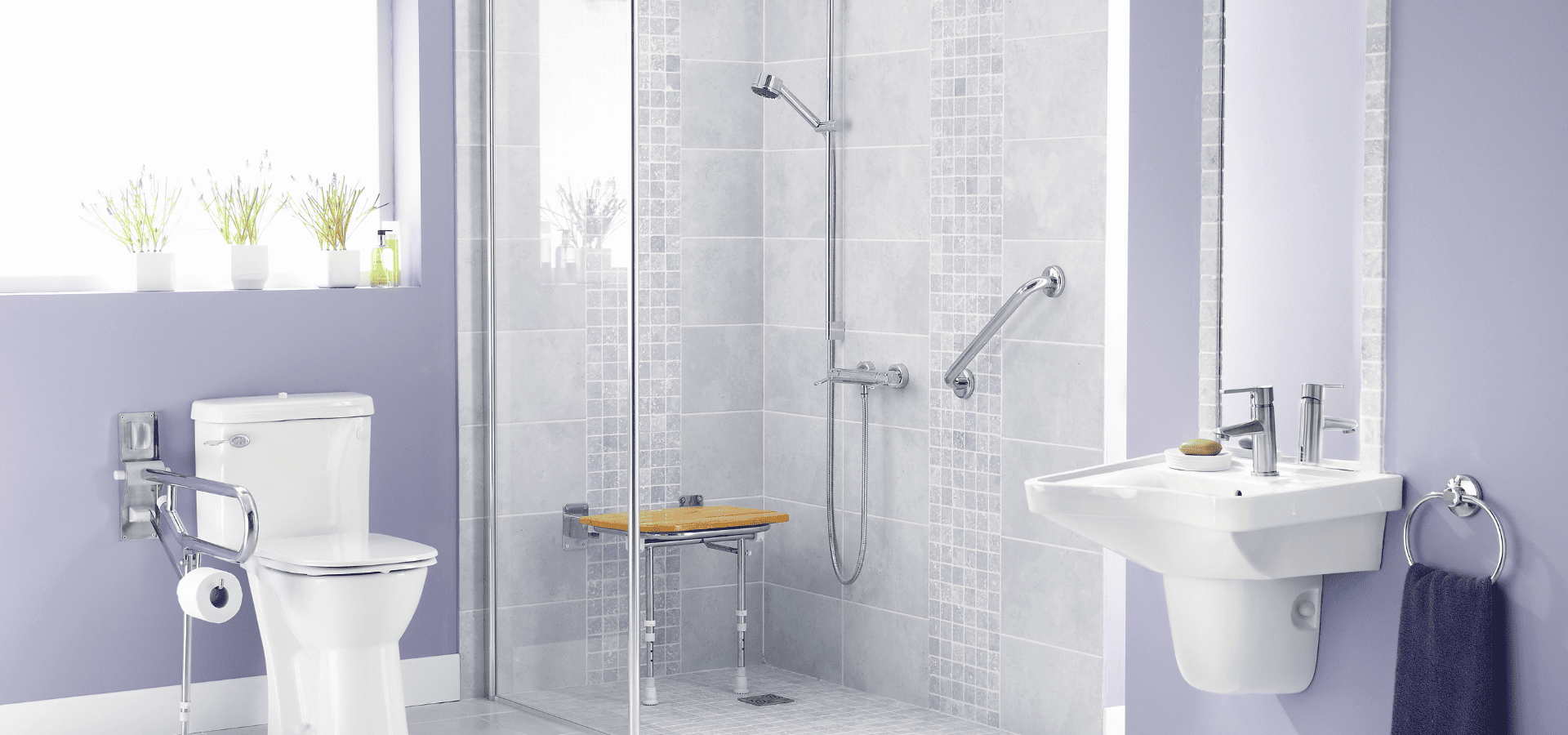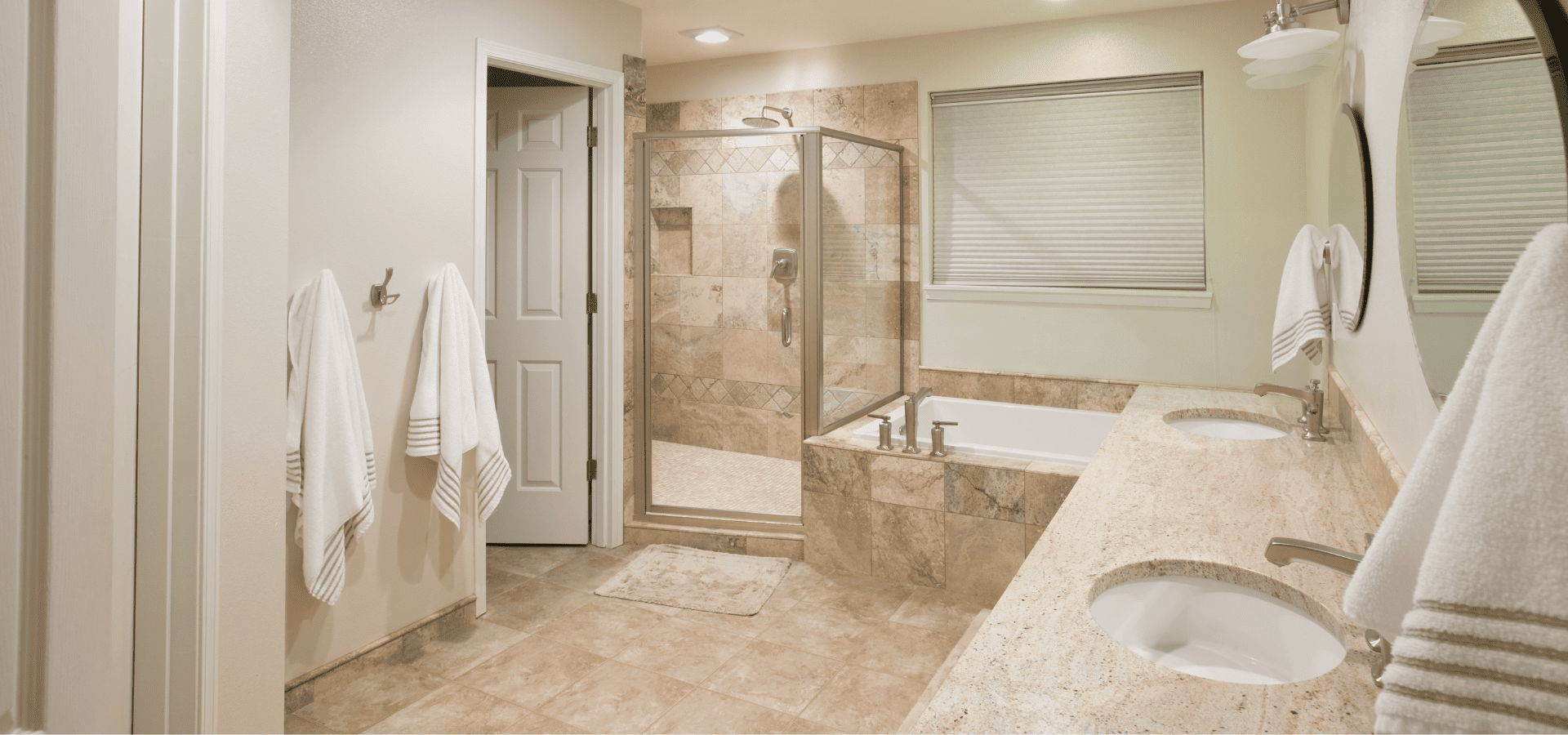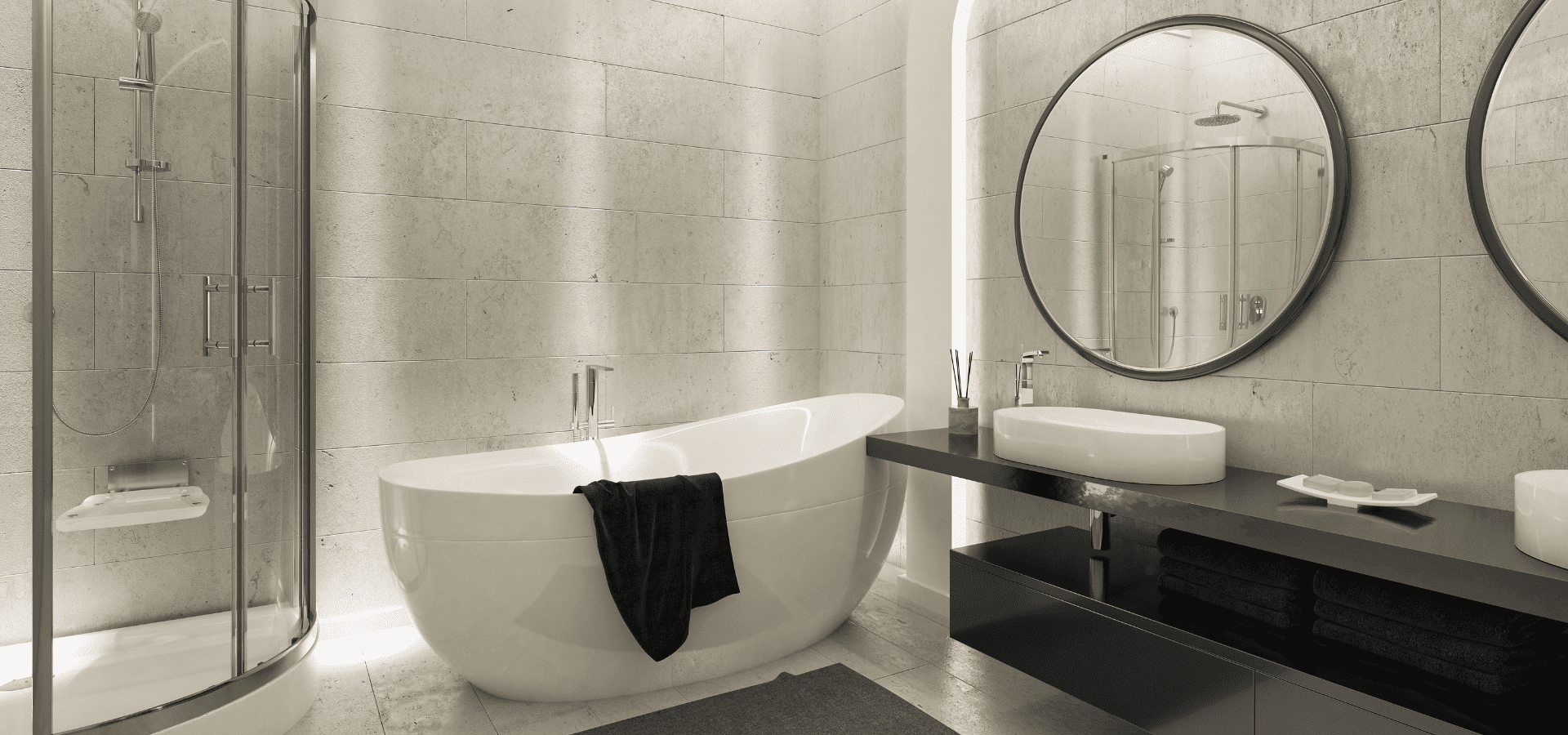Common Bathroom Remodeling Mistakes (And How To Avoid Them)
Your bathroom is one of the most frequented places in your home, so when bathroom remodels are done right, users will get to enjoy their benefits multiple times per day.
That said, a bathroom remodel is also one of the largest projects you can undertake in your home.
Your vanity, your sink, your toilet, your shower, your bathtub, your tiles, and even the other small components of your bathroom like the lights and towel racks may be upgraded.
The more changes there are though, the more opportunities there are for things to go wrong.
Even for smaller renovations like a bathtub or toilet replacement, a little damage to your plumbing can cost hundreds of dollars to repair.
That's why it's extremely important to know the common pitfalls and mistakes that many people make, so that you can avoid hefty repair fees.
Here are four common bathroom remodeling mistakes that homeowners often make, as well as how to avoid them.
1. Overestimating Your DIY Skills
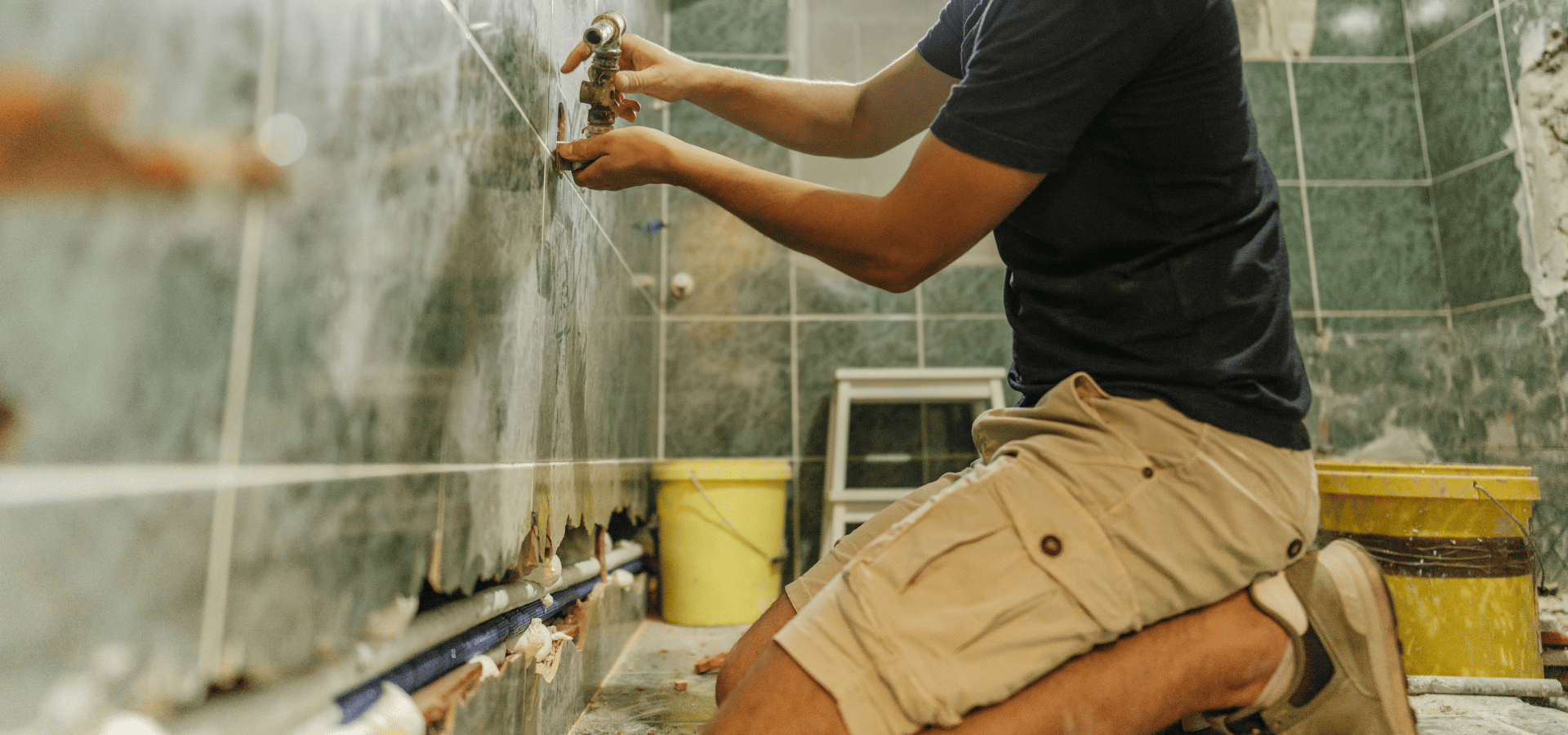
An extremely common mistake that many homeowners make when trying to save money is to try and DIY everything—even when they're not qualified enough for the task.
It can be easy to discount the experience and expertise of contractors and think that if they can do it, then you can do it too.
To some extent, that is true. After all, bathroom remodeling isn't exactly rocket science.
However, just because you've watched a few tutorials or read up on the theory doesn’t mean you'll be able to successfully carry it out.
There are techniques that require practice, subtle pitfalls you'd only know from experience, and optimal methods that maximize long-term durability — all things that even more experienced DIYers may not know.
A single mistake can cost you dearly when it comes to home renovations. You could drill into your plumbing, or hammer a nail into a spot you shouldn't have and leave a permanent hole there, or even spoil or break your fixture with poor handling or installation.
In short, many tasks are more nuanced than they appear, and just knowing the theory alone is rarely enough.
Even if you were determined and spent hours and days reading up thoroughly on every part of your project and practising the techniques, it'd still take you at least 6 months to a year to become proficient enough to perform a full bathroom remodel.
But consider the amount of time and effort you'd need to spend on that, and the opportunity cost, i.e. you'd be sacrificing work, free time, family time, and so on. You'd also need to read up on permits and installation regulations.
When you take all that into account and factor in the tools you'd have to buy to DIY, you'll quickly realize that it's much cheaper to pay for a contractor's expertise and experience.
You can DIY simple tasks like installing peel-and-stick floor tiles or even replacing a faucet to
keep your costs down, but for more complex tasks like waterproofing, plumbing, regular tile installation, and so on, it's best to leave it to the pros.
Otherwise, in trying to save on a professional, you'll likely end up costing yourself even more in repairs and replacements, not to mention time and effort wasted.
2. Skipping Permits And Inspections
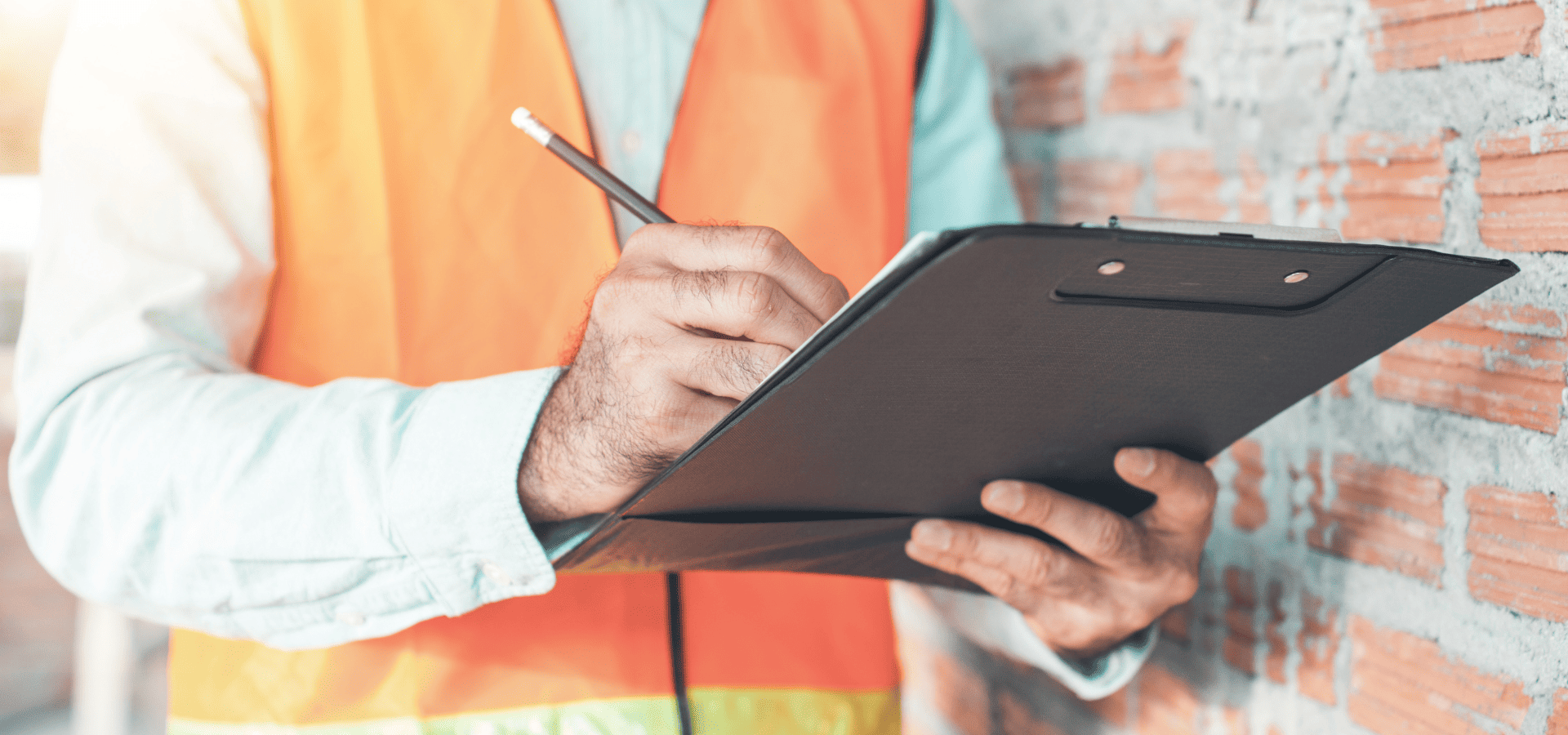
If you're just replacing your light bulb or changing a faucet, there won't be a need for permits of any kind.
However, for any sort of decent-sized project like changing your toilet or even replacing your sink or altering your ventilation system, you're likely going to need to get a permit.
Even for simpler, smaller projects, you may need to obtain a permit.
These permits aren't just so that the governing authority knows what's going on. It's so that the governing authority can check through your plans and ensure that your planned installation maintains safety standards, isn't too heavy for your building, and won't interfere with other essential systems such as electrical lines or plumbing.
Even if you're sure that your planned project is well within the guidelines, a permit is still necessary. After all, it's the same as with the law. They can't just take your word for it.
Someone with the proper expertise and authority needs to give the approval. This keeps home projects safe for the building, the homeowners, and their neighbors.
After you've gotten the permit, you're also required to schedule inspections by the local building department. These inspections are for the authorities to ensure that you actually stuck to the plan you submitted to them.
And don't make the mistake of thinking no one would know if you just went ahead with your project without getting the permit and inspections.
First off, the authorities can find out pretty easily. This can be through a complaint or even if they're just driving by and see your house undergoing construction. They can then simply issue an order to halt your work, which you're legally required to follow.
They can even have you open up your walls and floors and tear out finished work.
Even if you're applying for a permit for another unrelated project, if the inspector discovers unapproved projects while doing the inspections for the other project, they can still enforce the same measures.
In addition, when you sell your home, projects that were done without permits and inspections can lead to a ton of complications.
When you sell your house, you're legally obligated to disclose any projects that were done without permits.
When the buyer finds out about these unapproved projects, they can back out of the offer or lower their asking price, or even ask you to pay for repairs, permits, and inspections — even if the projects were done well.
This is only fair to protect the buyer.
And if you hide these unapproved projects and don't disclose them, this can further worsen the issue.
Buyers will usually hire a home inspector to perform a thorough inspection, and the home inspector will check to see if the proper permits were obtained for your various home renovation projects.
So chances are, it would be discovered anyway.
But let's say you got
unlucky and these issues weren't discovered. Yes,
unlucky, because it's even worse if these issues are discovered only after the house is sold.
If these unapproved projects are discovered only after the sale has gone through, you're in even bigger trouble. The buyer can:
- Sue for misrepresentation or fraud
- Get you to pay for damages caused by the uninspected work
- Reverse the sale
Finally, insurance companies can also deny claims for unapproved work, which means if anything goes wrong, the expenses are fully on you.
So even if your contractor wants to skip permits, for your own sake, you need to insist that they do things by the book.
And don't worry if you're not sure whether you need a permit. Your contractor will know. Just make it clear upfront that you expect the project to follow all legal and code requirements.
If you're DIYing your bathroom remodel and need to obtain your own permits, here are the permits you need and how to obtain them.
3. Ignoring Building Codes
There are two types of building codes – Legally enforceable and optional ones.
Legally enforceable building codes are those that ensure safety, structural integrity, and health.
Optional building codes are optimal recommendations to ensure comfort, such as layout and spacing codes.
Mandatory building codes are similar to permits in the sense that there will be similar consequences if they're not followed, i.e. stop-work orders, lower home values, insurance claim denials, etc.
As mentioned earlier, you need to schedule inspections at various parts of your project, and these inspections check to ensure that you're following your plan.
At the same time, they also check whether you're following mandatory building codes, so if you're not, you'll fail the inspection and either have to redo the work or the permit may be void.
Basically, not following mandatory building codes is going to get you into serious trouble, so there's no question that they need to be adhered to.
Optional building codes, on the other hand, are, as the name suggests, optional. It's entirely up to you whether to follow them or not.
Optional building codes ensure comfort and usability. They go over things like optimal layout spacing, height, lighting placement, and so on.
Despite these not being mandatory to follow, it's strongly recommended that you adhere to them.
This is because these guidelines are in place to ensure that you'll have a proper bathroom fit for human use.
They ensure there's enough space to maneuver around, make sure that you can reach your fixtures without awkward movements, and help you achieve a well-designed, aesthetically pleasing bathroom.
Even though they don't directly affect safety, awkward movements can lead to higher risks of falls, and when you fall, you're more likely to hit your head on something if your bathroom elements are all cramped together.
So even optional building codes increase safety levels, and by following them, you'll have a much more enjoyable and comfortable bathroom.
Practically, bathrooms that follow these building codes also boost your home value a lot more than bathrooms that don't.
So even if you're not legally obligated to adhere to these codes, not doing so will only lead to a more dangerous bathroom that's harder to use and that's worth less.
4. Underestimating The Budget/Not Having A Plan
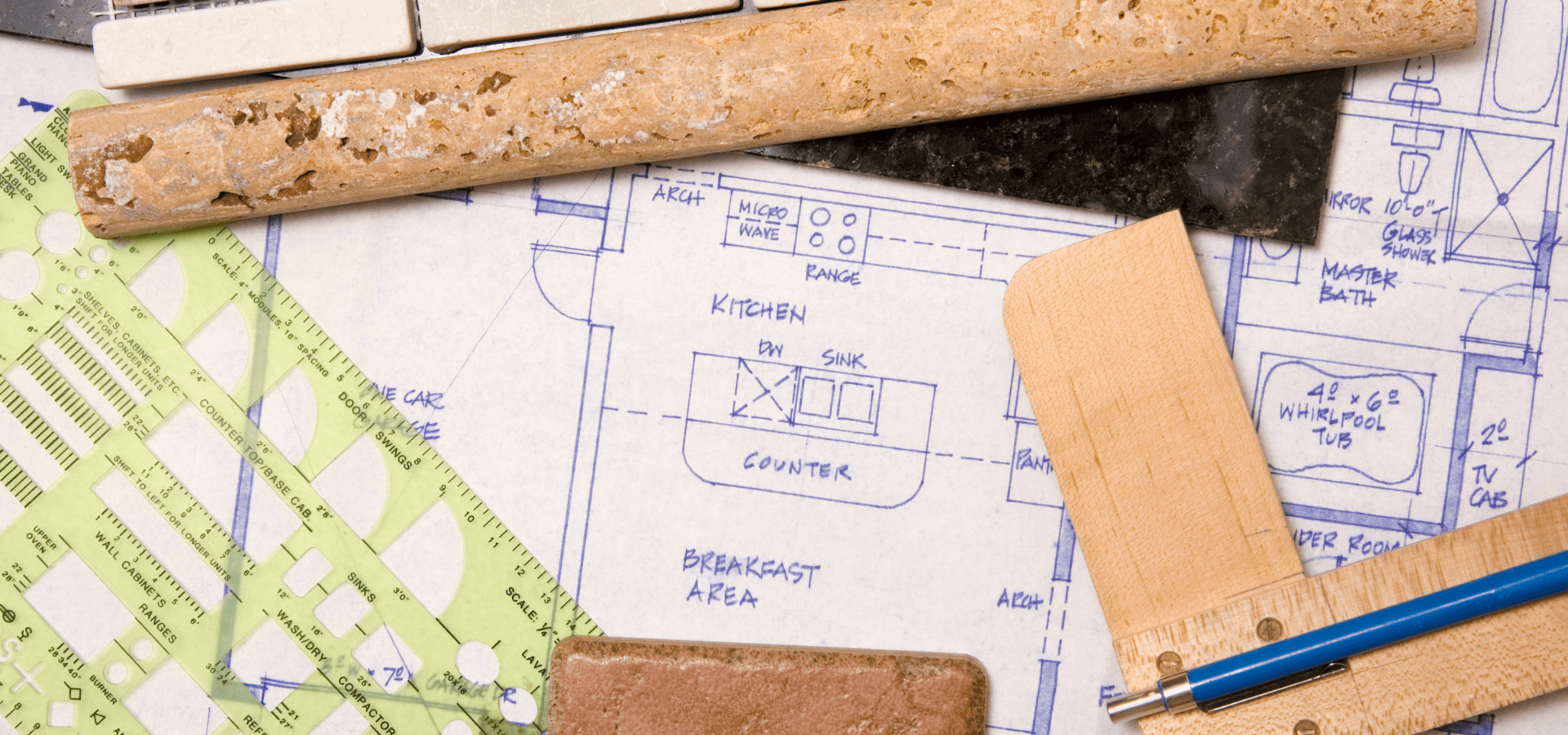
Lastly, bathroom remodels are notorious for going over budget.
The main reasons for this are that homeowners either don't have a plan or don't factor in hidden costs.
When you don't have a plan, there's no way for you to know if whatever you've set aside is enough, even if it's a large sum.
There's simply no way for you to know if you're going to overrun your budget.
Without mapping out your expenses, it's very easy to run out of budget halfway through your project and end up with a bathroom that's only halfway done.
This is especially so if you're going to spend on more expensive items like freestanding tubs and double vanities.
Remember, you're not a contractor. You don't know how much your bathtub, your toilet, your vanities, and so on, are going to cost. As such, oftentimes, when homeowners set a ballpark figure that seems more than enough to them, they usually blow through that, because when it comes to bathrooms, the elements are often surprisingly expensive.
It's only when you've planned everything that you'll know whether your budget is enough or whether you'll need to cut down on certain spendings.
Without planning, you're leaving it up to chance, and more often than not, whatever you've set aside won't be sufficient.
Just having a plan isn't enough though — the key is to plan properly and leave enough buffer.
Even with a plan, homeowners can still overshot their budget either because they underestimate how much each element is actually going to cost them or don't factor in hidden costs.
To prevent this, first off, don't plan everything to be just enough. When you're researching prices, there's going to be a range of prices for each item that you're buying.
If you're planning to get a mid-range option, don't take the mid-range option’s price. Instead, take the slightly higher-end option’s price.
Similarly, if you're planning to get a budget option, use the price of the mid-range option for your calculations.
This way, it's going to be very hard to spend out of your budget, and you'll be quite safe.
On top of that, whatever final number you arrive at for your total remodel cost, add 10-20% to that number.
This is to account for surprises like hidden damages that you uncover, replacements you might have to make, and other hidden costs that you won't know until the project is underway.
By planning carefully and budgeting generously, you'll be able to almost guarantee that your project will be within budget and prevent any financial surprises or disasters.
Final Tips
Bathroom remodels are one of the most expensive home renovation projects you can undertake, and every mistake can leave a substantial hole in your wallet.
So make sure to avoid these common costly mistakes to ensure that your bathroom remodel goes smoothly.
More From Us

